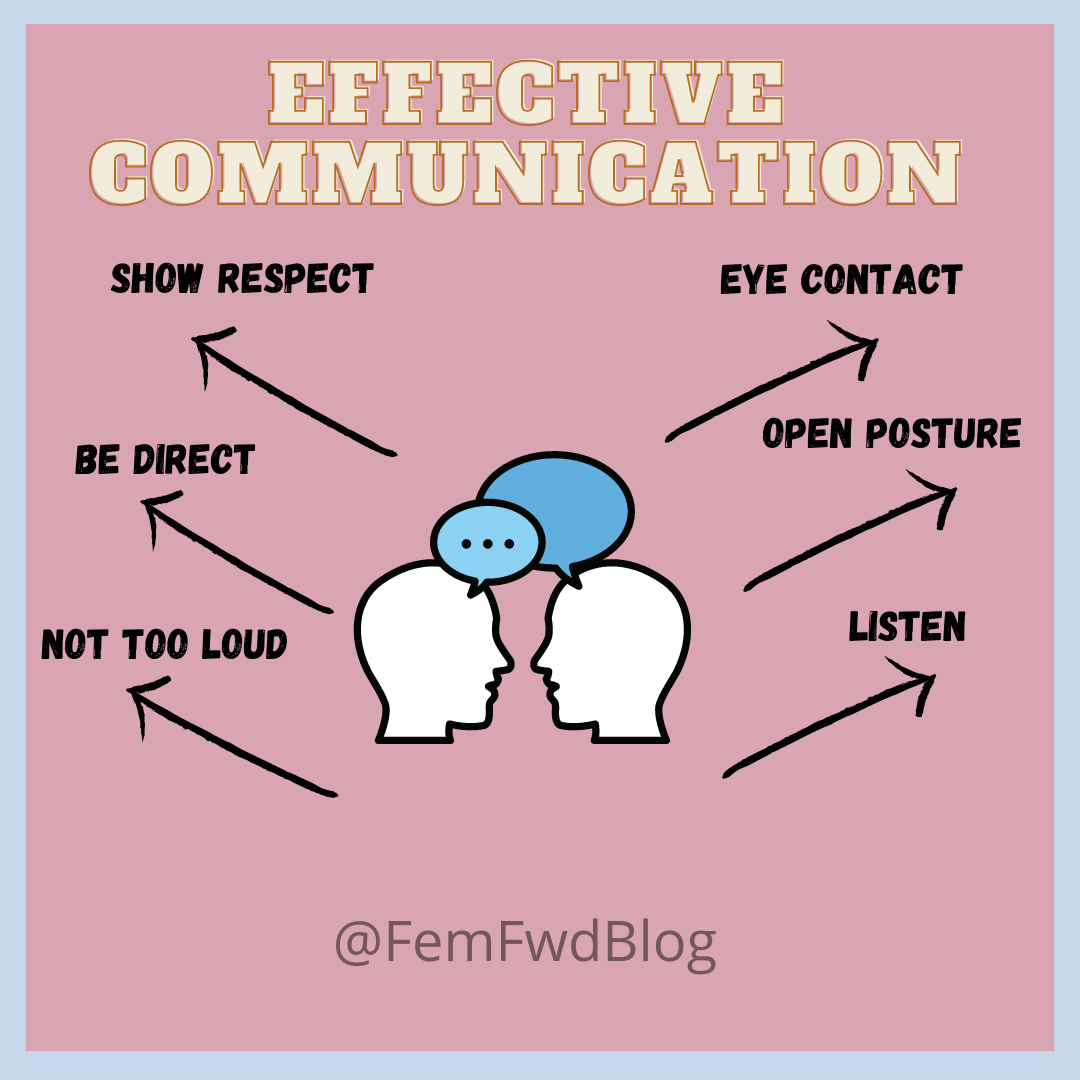Relationship Problems? 6 Strategies for How to Improve Communication
Remember the game telephone? It’s that one where you start off with one statement and then by the time it reaches the 10th person it’s an entirely different statement. So “I love my mom” somehow turns into “I like pastrami sandwiches.” Telephone is super fun because it silly and hilarious how messed up the message gets. What’s often not so funny is that poor communication happens all the time in real life. It happens between parents and their kids, bosses and their employees, and between partners. We want to get it right, but often don’t have the tools for effective communication.
Active Listening: What is active listening?
Listening is probably the most important and the most underrated component of good communication. Without really hearing what a person is saying we are unable to respond accordingly. Active listening could be an entire topic in and of itself (and it has been). For the purposes of this article let’s just say that most of us can tell when someone is really listening because they may be nodding along, physically leaning in a bit, and maybe even saying something like “uh huh.”
2. Be clear, concise, and direct
It’s important to be clear about what we are asking for or the information we are trying to give another person. Part of clarity is brevity. Have you ever become lost in a conversation where a person is going on and on? I sure have! We tend to lose track of the point.
3. Nonverbal communication
Nonverbal communication is the process of sending and receiving information without using words.
Importance of nonverbal communication
Since the majority of communication is nonverbal this is very important. Eye contact expresses confidence (keep in mind this from an American’s point of view and is not true in every culture) and sincerity. An open, upright posture says “I am open to feedback” and is also a sign of confidence. Check in with yourself to make sure your body language matches your words. There’s a joke in my family that when my mom says she’s “fine” she is most definitely not at all “fine.” Her words communicate one thing and her dagger eyes and sassy tone communicate something completely different (Sorry, mom!!).
Tone of voice is so important. When trying to have an effective conversation, it’s important to try and keep an even tone. This doesn’t mean you can’t have emotions about the topic, it just means that if those emotions get so big that you are raising your voice loudly or have dropped your voice to a whisper then communication breakdown will start to occur. The receiving party may start to feel defensive or shut down. Check out our article on communication barriers to see how high emotions can breakdown effective communication and to get some tips on how to manage when this happens.
Nonverbal communication examples:
Posture
Body movements
Gestures
Eye contact
Volume, pitch, and rate of our voice
Proximity from the person
Things in our physical space
4. Use I Statements
I-Statements are all about taking responsibility for your own feelings and thoughts. These messages are non-blaming so they are less likely to cause defensiveness in whomever you are communicating with.
I Statement examples
The general format for these types of statements looks like this:
When you ___________________ , I feel ________________________ .
Instead of “You really pissed me off when you burst into my room” try “When you burst into my room without knocking, I feel frustrated.”
Here’s a more advanced general format:
I feel_____when_____because_____. I need____.
Instead of “You’re always late. You clearly don’t care about the dinner I made. “ Try “I feel disrespected when you are late for dinner because I work hard to prepare it right on time so that it’s hot when we eat. I would like you to try to be more intentional about being on time.”
It creates an entirely different felt experience. The first (the “you” statements) leads to a breakdown in communication and the second leads to a dialogue.
5. Ask open-ended questions
What are open ended questions?
Open-ended questions invite conversation and require the speaker to elaborate. Open-ended questions can’t be answered with a “yes” or “no.”
What are examples of open ended questions?
Instead of “Were you happy with the project?” Try “What did you think about the project?”
Instead of “Did you have a good day?” Try “How was your day?”
6. Ask for clarity
Ask for clarity if you are not sure what you heard or check for clarity by summarizing aloud what you think you heard.
A big part of effective communication is making sure you actually heard what the speaker was telling you. So check it out with them if you're not sure what it is they said.
Try, “Let me make sure I got that…(summarize what you heard).”
Relationship workshops
If effective communication feels like a big part of the problem in your relationships, you’ll benefit from our how to communicate better workshop. Click the button below to learn more about the 60 minute relationship workshop.
If you are looking for a relationship workshop that is just focused on you and your romantic partner, check out the course below. This couples course focuses on some communication skills, as well as broader concepts to apply in your partnership.
Toxic Communication: Concerns you or people you have relationships with might be communicating in toxic ways?
There is a possibility the you or people you love have toxic traits and that y’all are stuck in toxic communication patterns. To learn more about this possibility, check out our series of videos on the topic.
Relationship Advice For Women
As always, thanks for reading! We are all about teaching people, especially women, who to have more satisfying relationships. Sign up for our newsletter to receive our newest blogs right to your inbox!




